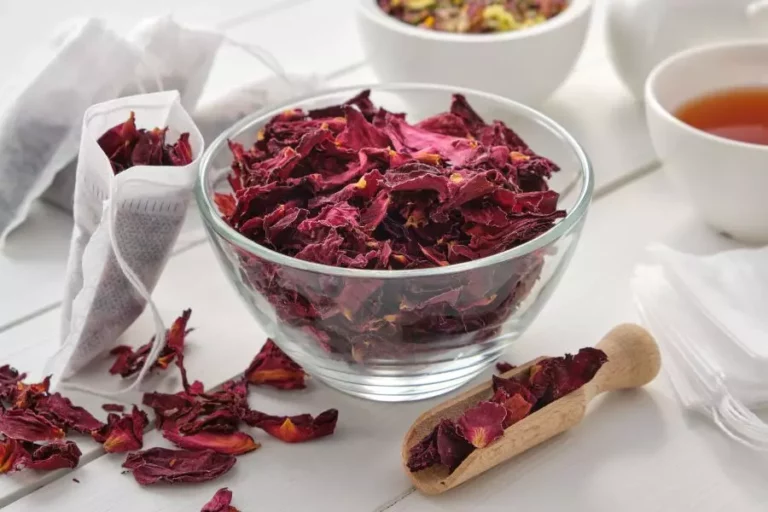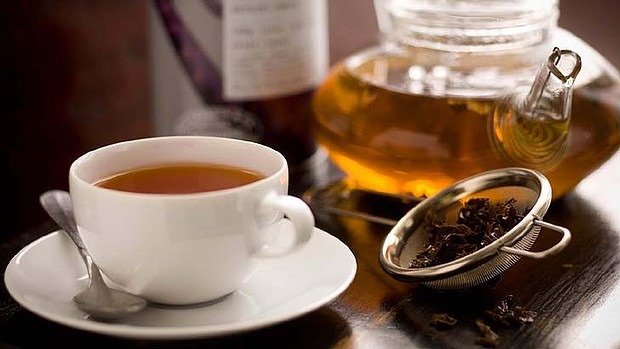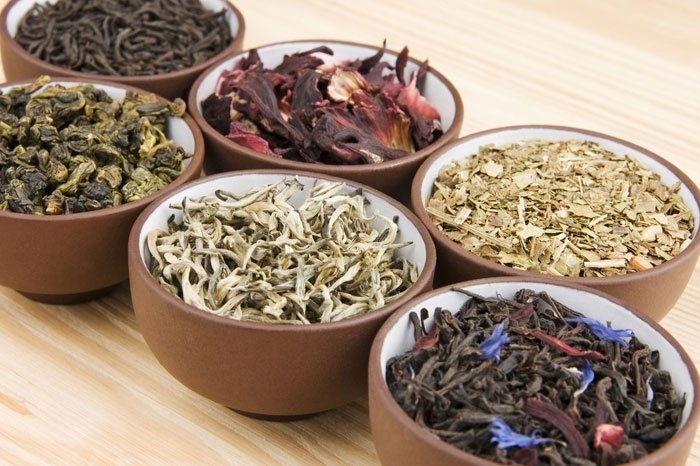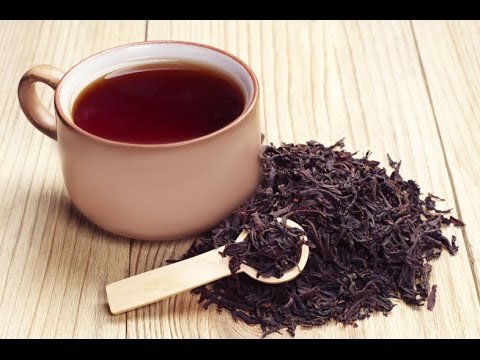Tea can be a relaxing and therapeutic experience. Tea can calm your mind and provide nutrients for your body.
Sometimes, you might buy the wrong kind of tea. You might be switching to loose-leaf tea. You might even have a tea bag tore!
No matter what your reason, suddenly you need to make tea. But you don’t own tea bags or a tea pot.
How do you make tea with no tea bags? It is important to find a tool that looks like an infuser, strainer, or other similar tools. A small sieve, conical strainer or fork is the best choice. If you need to, cheesecloth or a cocktail shakingr can be used. If you are really desperate, you could make a Gaiwan (traditional tea-making vessel ).).
Today we will discuss how to choose the best tea-making technique for you. These tips will help you achieve the best tasting results.
Premade Tea Bags Vs Loose Leaf Tea
Drinking loose-leaf tea has been a tradition for thousands of years.
In countries like India, tea isn’t so popular. Tea bags are now the only way to get tea.
Today, loose-leaf tea is easier to find than ever, with a wide variety of varieties. This tea is often fresher, has more nutrients and has a better taste than ready-to-use tea bags.
It is also more ecofriendly than using premade tea bags.
Loose-leaf Tea doesn’t require a single-use bag or string, tag, tag, or individual packaging. These teas are often packaged in eco-friendly packaging.
We love loose-leaf tea. This soothing, ritual allows you to alter the flavor and intensity of your tea while simultaneously allowing you to do other things.
Tea Bag Functions
We can’t say goodbye to single-use tea bags, however much we would love. These bags serve a critical function, keeping the leaves from going everywhere.
Nothing is worse than consuming whole tea leaves. It’s almost like consuming whole peppercorns in fancy gin and tonic — it’s just painful!
It helps to keep the leaves together and makes it easier to brew, especially if it has a string or tag.
Tea bags are an easy way to make tea. It takes much less time, considering you don’t need to prepare or clean any of the ingredients.
How to Choose the Best Method
We will discuss a variety of tea-making techniques today, without the use of single-use tea bags.
These are just a few of the many ways you can make loose-leaf or tea leaves from a ripped bag. Which method is the best? It all depends on what you have available.
A type of strainer is the most versatile method you can use. Each person will have one of these options.
It isn’t the best way to make tea, however. We would choose a reusable option like a tea ball infuser.
An teapot that has a built-in in tea infuser or leaf strainer would be a better choice. They are not readily available in all places (mostly tea supply shops), so you will need to purchase them.
An tea infuser can be another option, but it won’t help if you don’t have one or are in a pinch.
What you have at the moment in your home is what will work best. We will be discussing a variety of options for you to choose!
Method 1 - Use A Strainer
Depending on which strainer you use, the first method can be quite simple and efficient. A small fine-mesh strainer is the best for making tea. You should make sure it fits in your cup.
This method involves steeping the tea leaves in a cup, jug or bowl. While the steps of steeping the tea are the same as those used to make tea in an infuser or kettle, the straining method is different.
How to make tea using a strainer
- In a bowl, combine the hot water and loose-leaf tea. Allow it to steep for the recommended time.
- The strainer should be placed above the bowl or the mug that you wish to strain the liquid. Be sure to clean the other container. If possible, try to avoid plastic.
- Slowly, gently pour the tea into the other cup. Be careful not to spill the tea over the sides. Try again if you don’t get all the leaves in the first pour.
You can also use other unusual strainers such as a conical strainer, regular flour sieve or a fork. These tools can be used to strain the tea leaves.
Also, you can look around your home for similar tools or that perform the same function. This could include a slotted spoon or small-holed pizza plate, or a deep-frying spider, or skimming spoon.
Make sure the holes are small enough to catch all leaves or most of them.
Method 2 - Use Cheesecloth
This is another method that we use to strain different types of liquids. This is a super efficient method that will capture all the tea leaves and any leaf particles.
There are many cheesecloth setups. A premade cloth strainer can be purchased that is attached to a handle. These are easy to use and can be placed over your container or jug.
A piece of cheesecloth can also be purchased. This method is more difficult to use but equally effective.
You must remember that odors can affect the taste of your tea.
How to make tea using cheesecloth
- As usual, pour your tea into a cup or jug.
- Place the cheesecloth on top of a mug. Place the cheesecloth over a mug.
- Place the cloth in a well at the bottom of the mug. To secure the cloth, wrap a elastic around the outside edge of the mug.
- Strain the tea. The rate at which the tea will strain depends on how thick your cloth is. Do not overfill the container. Slowly pour the tea into the container and let it sit for a while.
Method 3 - Use a Cocktail Shaker
If you own a cocktail shaker, this method is perfect. Many come with an attached strainer. A separate strainer can be purchased.
These shakers are used to strain ice. However, there are also finer models that can strain herbs and spices.
The tea can be left to steep in the cocktail shaker. You should keep in mind that metal shakers can affect the taste of your steeped tea. After the tea has steeped for a while, strain it into a mug or cup.
Method 4: Make A Gaiwan
A Gaiwan, a traditional vessel for making tea, is what you need. Although you probably don’t own one, it’s not impossible to make one. You can at least try to replicate the design using household tools.
First, you will need a bowl. Next, you will need a lid. You will need a lid that fits the bowl in all places. However, it should be easy to control so liquid doesn’t escape.
A sugar pot without a spoon slot is recommended. The sugar pot’s handle will make it easier to adjust the gap size. A small bowl and a plate can be used.
This is a simplified version of straining pasta water from a pot. Keep the lid on but leave a little gap.



